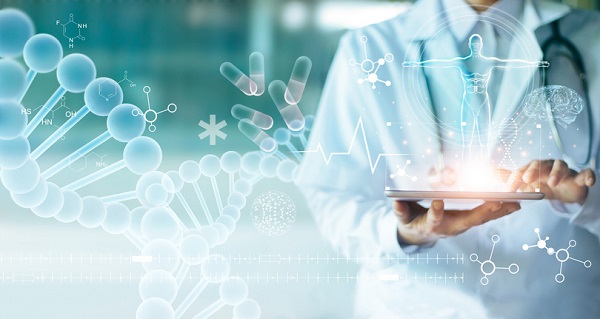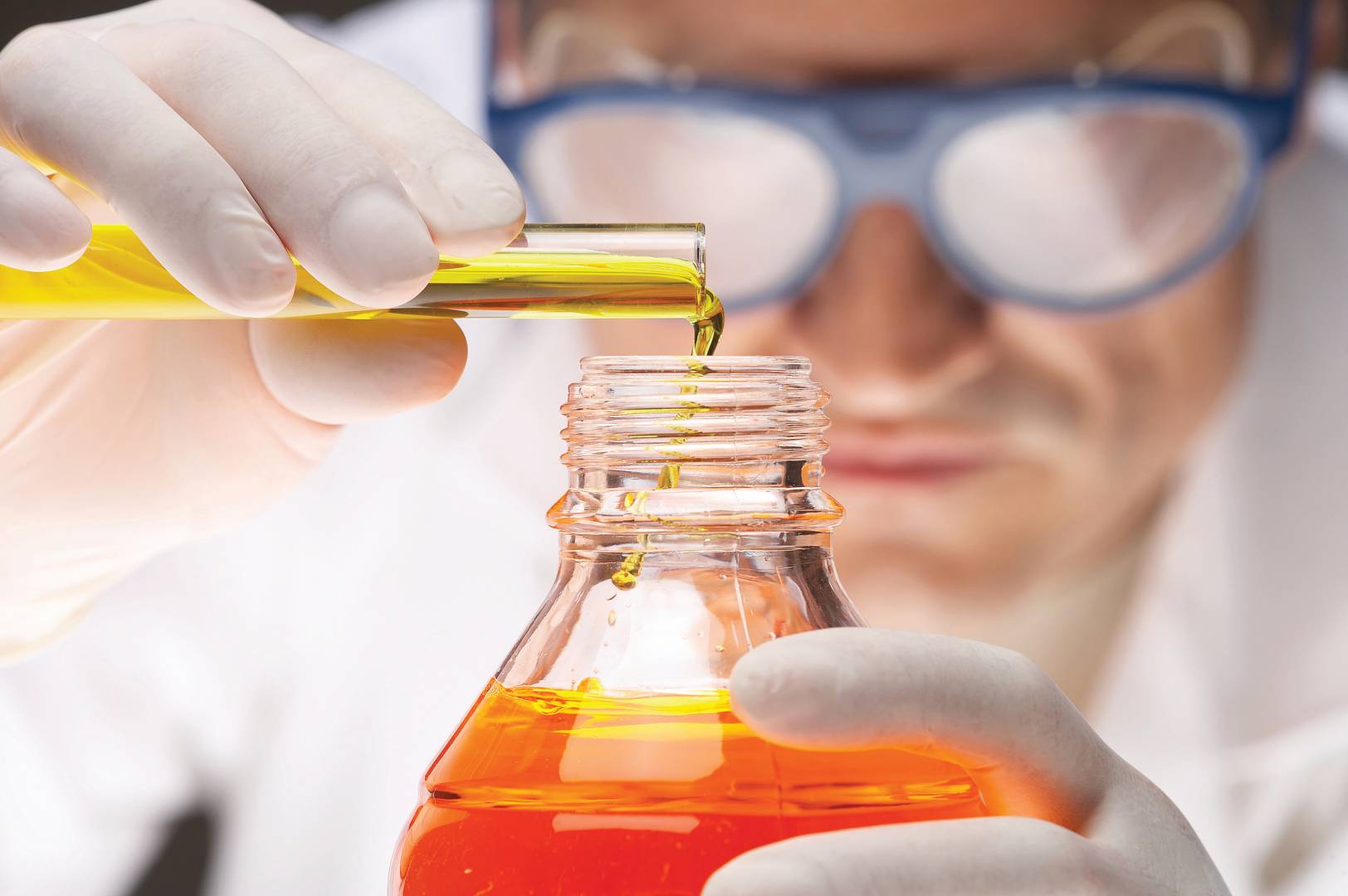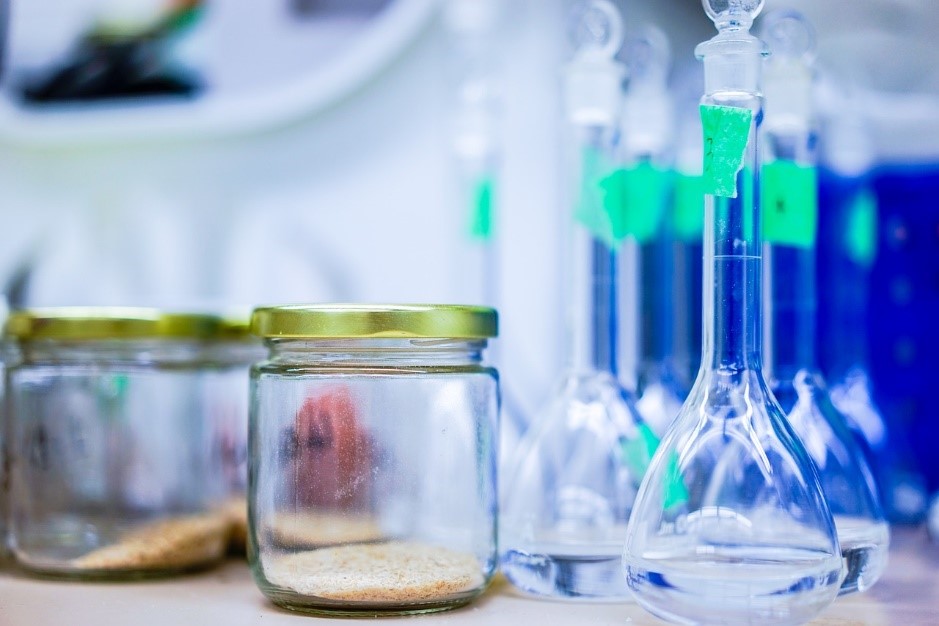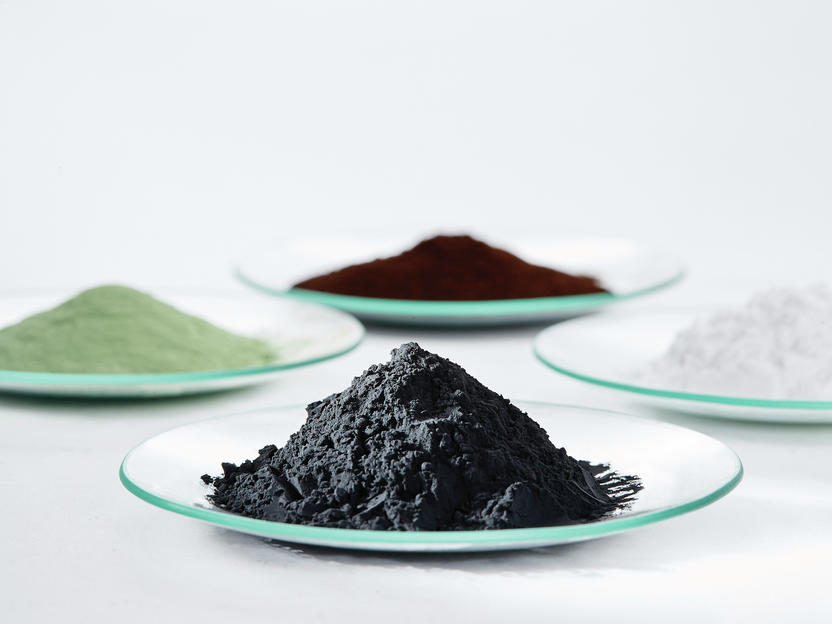Major Breakthroughs in Protein Chemistry

“For the production of modified proteins, chemical protein modification has shown to be an invaluable tool. The combination of genetic and chemical approaches has resulted in a wide toolbox that may be used to create virtually any protein construct with natural or synthetically changed residues. Post-translational protein modifications (PTMs) are a type of protein chemodiversity that occurs after translation and is often responsible for the immense variety found in nature.”
As seen by the growing number of biopharmaceuticals that have been licenced or are in development, peptides and proteins are predominately developing in the drug industry. Biomolecules with great therapeutic efficacy, such as recombinant monoclonal antibodies, are a viable alternative to small-molecule medicines. Peptides and proteins, on the other hand, have a far faster rate of spontaneous conformational and chemical changes than small molecules due to their complicated three-dimensional structure and the presence of multiple functional groups. The existence of contaminants in biotherapeutics has been discovered using current and sophisticated analytical methods, which are primarily caused by oxidation- and elimination-prone amino-acid side chains.
Emulsification, gelation/viscosity, water-binding/hydration, foaming, aeration, and other functional qualities of protein components derived from animals and plants are well-known. These functions, as well as the nutritional features of proteins, provide a significant benefit to end-user industries, and are thus a major market driver. Protein compounds are generally employed in end-user sectors such as cosmetics and personal care for their conditioning and moisturising characteristics in the hair and skincare industries. Protein components are increasingly being used in important applications such as food and drinks, as the desire for increased functionality grows. During the forecast period, the ability of protein ingredient producers to create and develop customised isolates, concentrates, and other types of protein ingredients for various applications is expected to boost the market's expansion.
COVID-19 is projected to enhance demand for protein ingredients in the global market at a faster rate, as people throughout the world become more health-conscious and seek ways to strengthen their immunity.
COVID-19's Impact on the Protein Chemistry Market
The quick spread of COVID-19, as well as the government's swift response to restrict the mobility of the majority of the population in different countries, has drastically altered consumption patterns, affecting the food and farm businesses.
The food sector is steadily changing due to significant changes in consumer purchasing habits. Consumers have begun to avoid meat and poultry intake due to increased health concerns. To make up for the lack of protein, they are increasingly turning to protein substitutes. Immunity-related ingredients are selling like hotcakes all over the world.
Purification of Proteins
Protein purification is a set of procedures for isolating one or a few proteins from a complicated mixture, which frequently consists of cells, tissues, or complete organisms. Purification of the protein of interest is critical for determining its function, structure, and interactions. Purification can separate the mixture's protein and non-protein components, then separate the required protein from all other proteins. The most time-consuming element of protein purification is usually separating one protein from the others. Differences in protein size, physico-chemical characteristics, binding affinity, and biological activity are commonly used in separation processes.
Strategy for Purification
The selection of a starting material is critical in the development of a purification process. A protein is usually not distributed evenly throughout the body of a plant or animal; different organs or tissues have higher or lower quantities of the protein. The volume required to produce a given amount of pure protein is reduced by using only the tissues or organs with the highest concentration. Scientists may employ recombinant DNA technology to make cells that will produce huge quantities of the desired protein if it is present in low quantity or has a high value (this is known as an expression system).
Recombinant expression permits the protein to be tagged, for example, with a His-tag or a Strep-tag, to make purification easier and reduce the number of steps necessary.
Ion Exchange Chromatography
Ion exchange chromatography separates substances based on their ionic charge nature and degree. The type and strength of charge are utilised to determine which column to employ. Cation exchange resins have a negative charge and are used to separate positively charged molecules, whereas anion exchange resins have a positive charge and are used to retain and separate negatively charged chemicals (anions) (cations).
A buffer is pushed through the column before the separation begins to equilibrate the opposing charged ions. Solute molecules and buffer ions will interchange once the sample is injected, as each competes for binding sites on the resin. The length of retention for each solute is determined by its charge strength. The compounds with the weakest charges elute first, followed by those with increasingly greater charges. pH, buffer type, buffer concentration, and temperature all play essential roles in determining the separation because of the nature of the separating mechanism.
Scheme for Purification
Having a quantitative system to determine how much protein has been purified, what concentration the protein represents from the original mixture, how physiologically active the purified protein is, and the overall purity of the protein is required during the protein purification process. This will aid in the development and optimization of the purification technique. Ineffective separation procedures can be abandoned in favour of techniques that generate a greater yield or preserve the protein's biological activity.
As a result, the following parameters are quantitatively evaluated at each step in the purification scheme: total protein, total activity, specific activity, yield, and purification level.
Microarrays with Enzyme-Linked Immunosorbent Assay (ELISA)
Many new technologies have been developed that make use of antibodies' ability to attach to other molecules since the first use of antibodies for antigen detection. Scientists Yalow and Berson discovered a method for determining the amount of an analyte in a solution using radioactivity in the 1950s. This so-called "radioimmunoassay" (RIA), for which Yarlow was awarded the Nobel Prize in 1977, was a very sensitive approach for detecting hormones, however employing radioactivity for antigen detection is not safe or appropriate for general use.
As a result, an alternate approach was devised that involved attaching enzymes to antibodies rather than a radioactive molecule and sticking molecules to surfaces. Measuring the quantity of a biomolecule in a sample using a “enzyme-linked immunosorbent assay” is one of the most prevalent applications nowadays (ELISA).
- Major Market Highlights:
- Because of its broad portfolio of protein engineering supplies, tools, and services, Thermo Fisher Scientific (US) was the market leader. Furthermore, the company has bolstered its market position by expanding its product portfolio and adding new goods every year.
- Cargill and Procter & Gamble teamed up to bring nature-powdered innovation to market, paving the way for more potent products in the future.
- Cargill has announced intentions to invest USD 225 million at a facility in Sydney, Ohio, in order to better serve regional farmers and meet rising demand for protein and refined oils.
- Nutriance, a line of wheat protein concentrates with applications in sports and geriatric nutrition, was added to ADM's ingredient portfolio.
- In Shanghai, ADM has created a new technological innovation centre for flavour and ingredient development.
- Plant protein nuggets were introduced by Dupont under its SUPRO and TURPRO product lines.
Conclusion: A breakthrough in the world of Chemistry
An organism's or system's proteome is the total set of proteins it produces or modifies. Proteomics has made it possible to identify an ever-increasing number of proteins. This varies over time and depending on the specific requirements, or stresses, that a cell or organism is subjected to.
Even if the investigation's focus is narrow, a proteomics study can soon become complicated. When looking for a biomarker for a certain cancer subtype, a proteomics scientist may choose to look at several blood serums samples from multiple cancer patients to reduce confounding factors and account for experimental noise. Many proteins are also subjected to post-translational changes such as phosphorylation. Many of these post-translational changes are necessary for the protein to function properly. As a result, elaborate experimental methods are sometimes required to account for the proteome's dynamic complexity.











